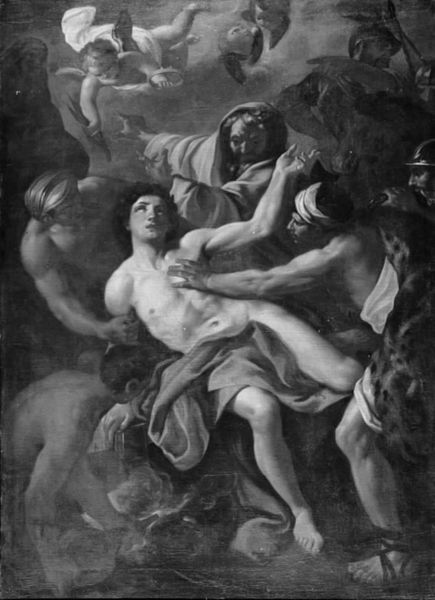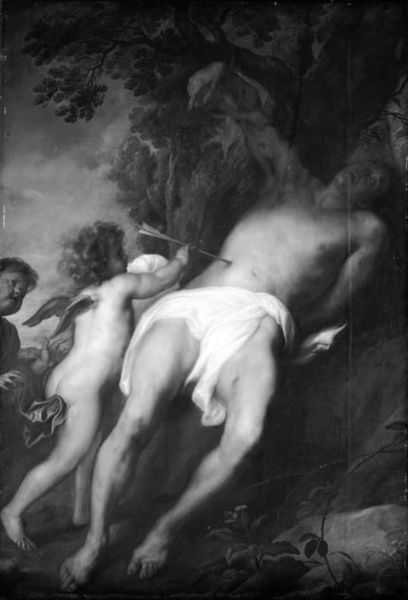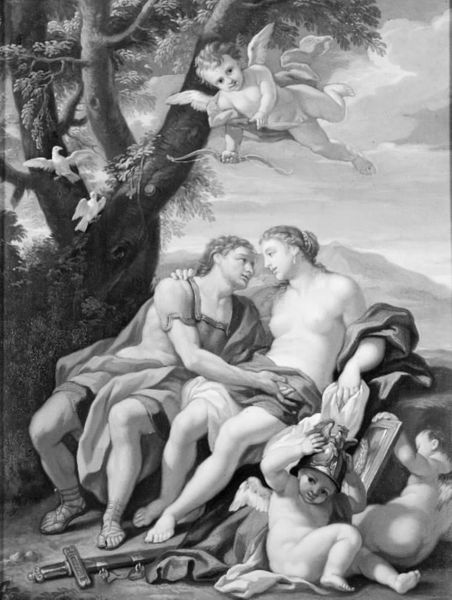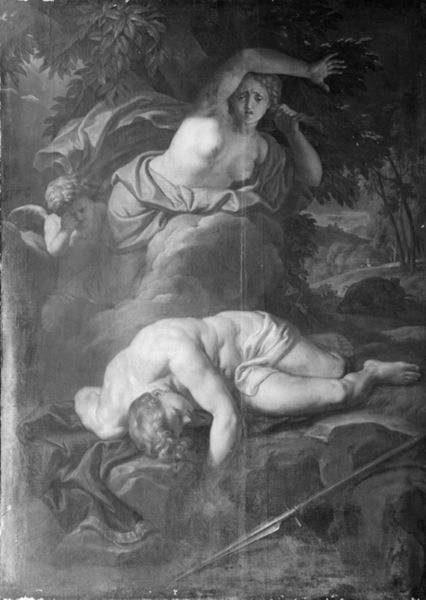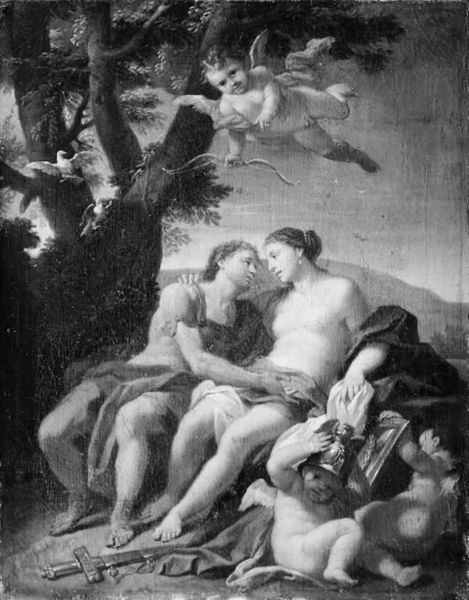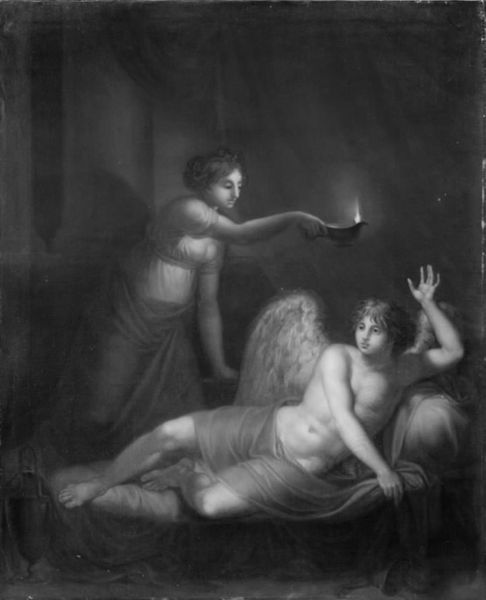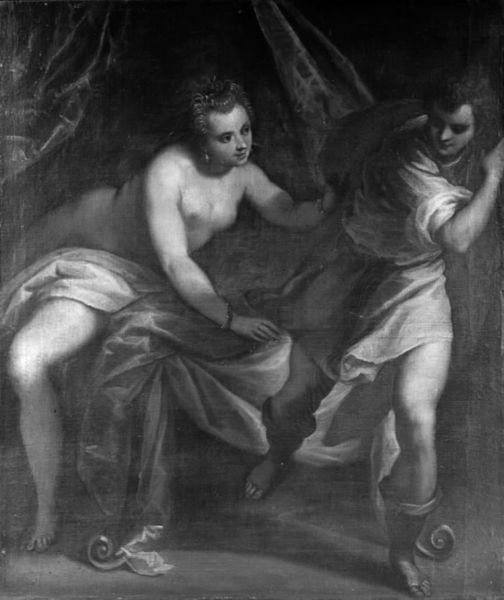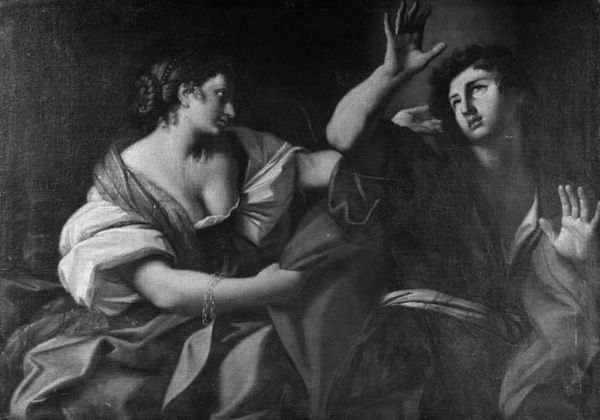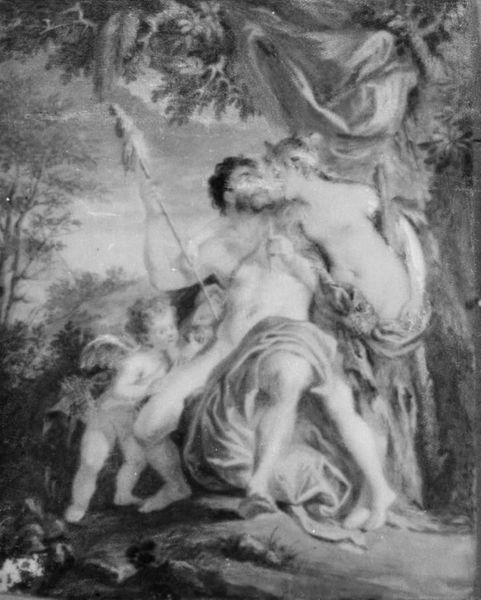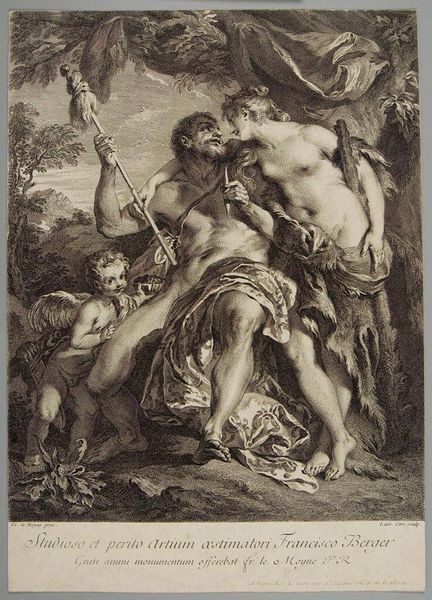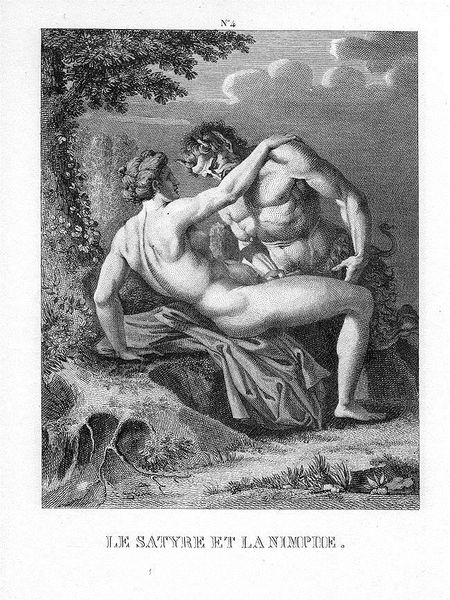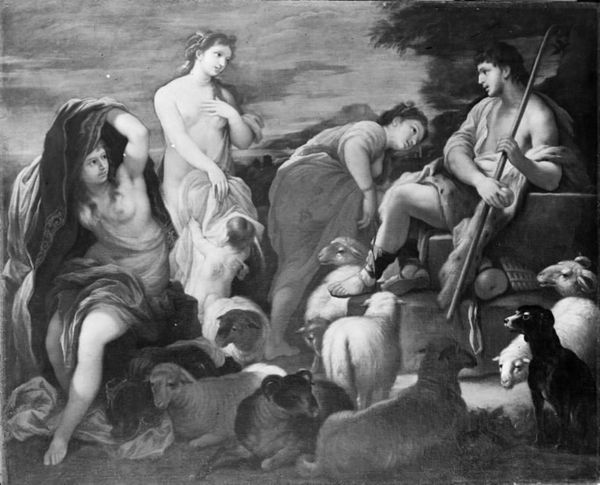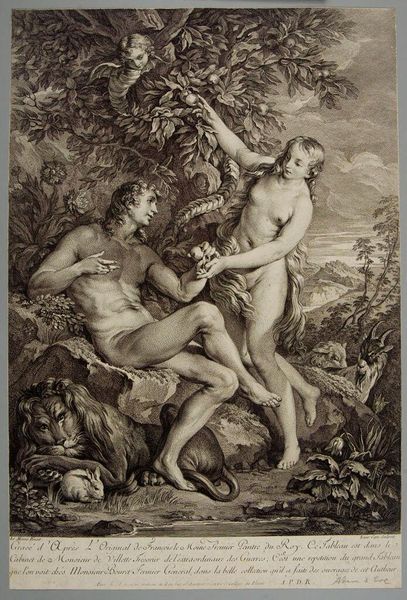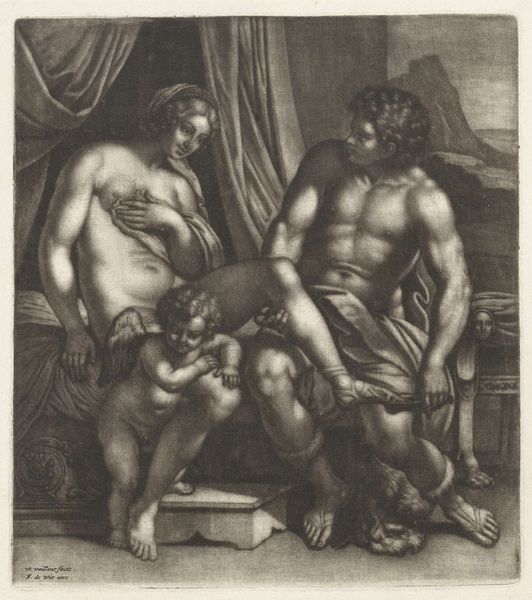
painting
#
allegory
#
baroque
#
painting
#
figuration
#
history-painting
#
nude
Dimensions: 147.5 cm (height) x 95 cm (width) (Netto)
Curator: Giovanni Carboncini’s "The Three Graces," dating from around 1687-1692, is housed here at the SMK. The figures, rendered in oil on canvas, invite a consideration of beauty and virtue through a classical lens. What's your initial impression? Editor: The restrained palette focuses my eye immediately on the forms, which strike me as quite sensuous given the subject matter, almost like marble figures come to life. I wonder, though, about the visible brushstrokes; they don't seem entirely harmonious. Curator: Indeed, there’s an intriguing tension between the idealism inherent in the subject—the Graces representing beauty, joy, and charm—and the physicality of their rendering. Consider the socio-political implications; these depictions both reinforce and perhaps subtly challenge societal expectations of female presentation. The painting's placement within a royal collection at the time speaks volumes, I think. Editor: I am intrigued by the ground that the Graces stand on, that feels rugged and unprocessed. The materiality seems very much at odds with what the three graces symbolise. Can we really talk about a hierarchy in art materials here, or is Carboncini commenting on art and production? Curator: A valuable perspective. Think, too, of how interpretations shift depending on our critical lens. A feminist reading might see these figures as representing a sisterhood, while queer theory might explore homoerotic subtexts. Considering these intersections deepens our understanding. Editor: And then there's the very act of producing paint – the mixing of pigments, the source of the canvas and frame... Each choice embeds meaning, highlighting or downplaying certain narratives related to skill, consumption, and power dynamics. Are we celebrating refined skills, or considering production here? Curator: This points to a much more substantial point around gendered labour too, with the male artist as a 'maker' but these figures portrayed to represent other ideals, separate from a more grounded consideration of artistic and artisan work. Editor: Exactly! So, when considering materials in a socio-political sense, it exposes this tension: what is considered skilled and not. This conversation moves "The Three Graces" far from a passive object of beauty into a more meaningful space of dialogue about the values underpinning Baroque sensibilities. Curator: Yes, I think engaging in dialogues between art history, gender theory, and critical race theory helps unveil power dynamics inherent within our world. Editor: Considering Carboncini's use of materiality truly allows us to dissect the concept of "The Three Graces" to its foundations. Thank you!
Comments
No comments
Be the first to comment and join the conversation on the ultimate creative platform.
